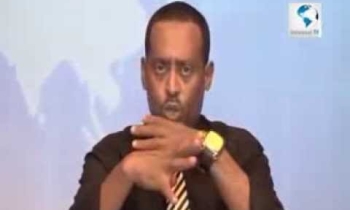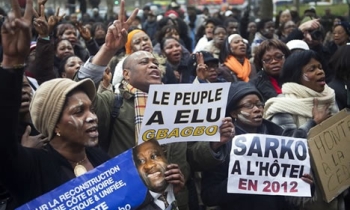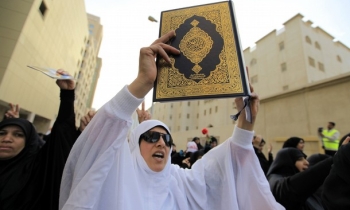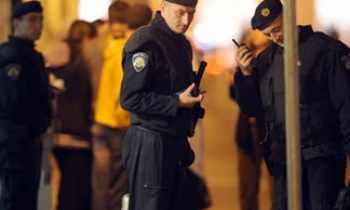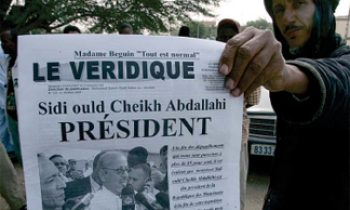THE BUOYANT growth of the Indian newspaper industry in the past decade is a major theme — a sort of `India is where the action is' theme — of international media discussion. The latest report of the World Association of Newspapers on world press trends, which puts daily newspaper circulation in India at 78.7 million (18 million behind China, the Number One in this respect), and the National Readership Study, 2006 (NRS 2006), which estimates total daily newspaper readership in India at 204 million, is certainly music to the ears of everyone who values the press as a democratic institution. India's Newspaper Revolution (Oxford University Press, 2000), Robin Jeffrey's study of the dynamic growth of the Indian-language press, captures the trends insightfully, critically, and indeed brilliantly.
Add to this the ballpark figures, highlighted by the outgoing president of the Indian Newspaper Society, that in 2005 the turnover of the Indian newspaper industry was Rs.11,800 crore and total advertising revenue for INS members Rs.7400 crore (representing a 23 per cent increase over 2004) — and you have plenty of cause for euphoria.
The outgoing INS president, Jacob Mathew of Malayala Manorama, presumably reflecting some kind of consensus at the top, has tried to balance the picture by registering a complaint against the "hardening of the policy environment with respect to the freedom of the media." Among other things, he criticises some "undemocratic... legislative initiatives" under the government's consideration, meaning the long-delayed project of enacting a broadcast law to establish a broadcast regulatory framework. The very idea of such regulation, which would include such things as formulating and administering a content code and imposing restrictions on cross-media holdings, has drawn a lot of pre-emptive flak from powerful sections of the media industry and has been stopped in its tracks.
But it is time serious professional and public concern was registered over internal developments in the 67-year-old Indian Newspaper Society — the conflicts of interest and factionalism that have begun to erode its representativeness, credibility, and mission, and the manipulative, crudely self-serving way in which its affairs are sought to be conducted by power brokers. They include members claiming to represent publications that have neither credibility nor a presence in the marketplace. There are also representatives of bigger newspapers using smaller newspapers, which form the overwhelming majority of the INS's 608 members, to settle scores with their rivals and competitors and to pursue personal agendas and special interests.
The primary mission of this collective body of newspaper proprietors, which was framed when it used to be the Indian & Eastern Newspaper Society (representing India, Burma, Ceylon, and some other Asian countries), is "to promote and safeguard the business interests of its members," specifically in respect of such business interests as are affected by the actions of the legislative, executive, and judicial branches of the state and also other institutions. Over the decades, the IENS/INS has taken up, effectively and persuasively, major difficulties and constraints imposed on the industry by the newsprint control regime, the control of import of printing equipment and technology, and certain fiscal policies. The INS used to take a stand against allowing FDI and foreign players into India's newspaper sector, although the consensus behind such a policy weakened and eventually collapsed some years ago. Even freedom of the press issues figured on the INS agenda occasionally.
But de-regulation and liberalisation of the rules of the game for the newspaper industry, which happened in the early 1990s, cut the ground under the INS's feet, leaving it with less and less of a cooperative industry mission. Its role today is primarily that of a monitoring agency for the liberal credit that its member publications extend to INS-accredited advertising agencies! In recent years, manipulative power politics has taken over the affairs of the INS and its governing structure. Healthy conventions have been thrown overboard with proxy peddling and trafficking approaching the levels it reached in the Board of Control for Cricket in India until Sharad Pawar & Co. began the act of cleaning up. In recent months, instead of concentrating on development and larger industry issues, the INS executive committee has had to spend disproportionate time in dealing with the controversial Mumbai building project — an attempt to develop land in Mumbai by a private developer without transparency and formal processes. This project involves profits of tens of crores of rupees for the private developer.
At the annual general meeting of the INS held in Bangalore on September 18, the power play reached new depths with a coup that unseated from the executive committee the incumbent deputy president, Gulab Kothari of Rajasthan Patrika, and the incumbent vice-president, I. Venkat of Eenadu, who by longstanding convention should have become president and deputy president respectively. The coup also unseated representatives of other major newspapers from the South and East, some of whom have been founder members of the IENS. The list of newspapers excluded from the executive committee includes, aside from Rajasthan Patrika (9.39 million) and Eenadu (13.80 million), Ananda Bazar Patrika (7.29 million) and The Telegraph, The Hindu (4.06 million), Bartaman, Kerala Kaumudi (0.9 million), and Deccan Herald (0.50 million). The figures in parenthesis are the readership numbers according to NRS 2006.
In one crude stroke, all the Kolkata dailies of significance (barring The Statesman, a great newspaper in long-term decline) who were represented on the executive body have been jettisoned while an additional representative, based in New Delhi, of The Sunday Statesman has been inexplicably inducted. With the exit of Deccan Herald, the State of Karnataka is totally unrepresented. The Hindu, a founding member of the IENS, and the Ananda Bazar Patrika group have contributed four presidents each to the society. Interestingly, some of the publications excluded from the executive committee through the manipulative power of proxy were highly critical of the Mumbai building project.
For some time now, representatives of major serious newspapers have been trying to solve common industry issues either individually or in small informal groups of newspaper publishers, bypassing the time-honoured INS system. In frustration, they have also been informally discussing the need to form a smaller, cohesive body of like-minded newspapers to take up common industry issues and address the future of the newspaper industry and journalism in the face of tough challenges from the emerging media. It is up to the INS to prevent this from happening by reforming itself in a deep-going way and by getting back to the mission its visionary founders set nearly seven decades ago.
(Disclosure of interests: N. Murali, Managing Director of The Hindu, is a former president of the INS [1982-83]. N. Ram is Editor-in-Chief of The Hindu.)

